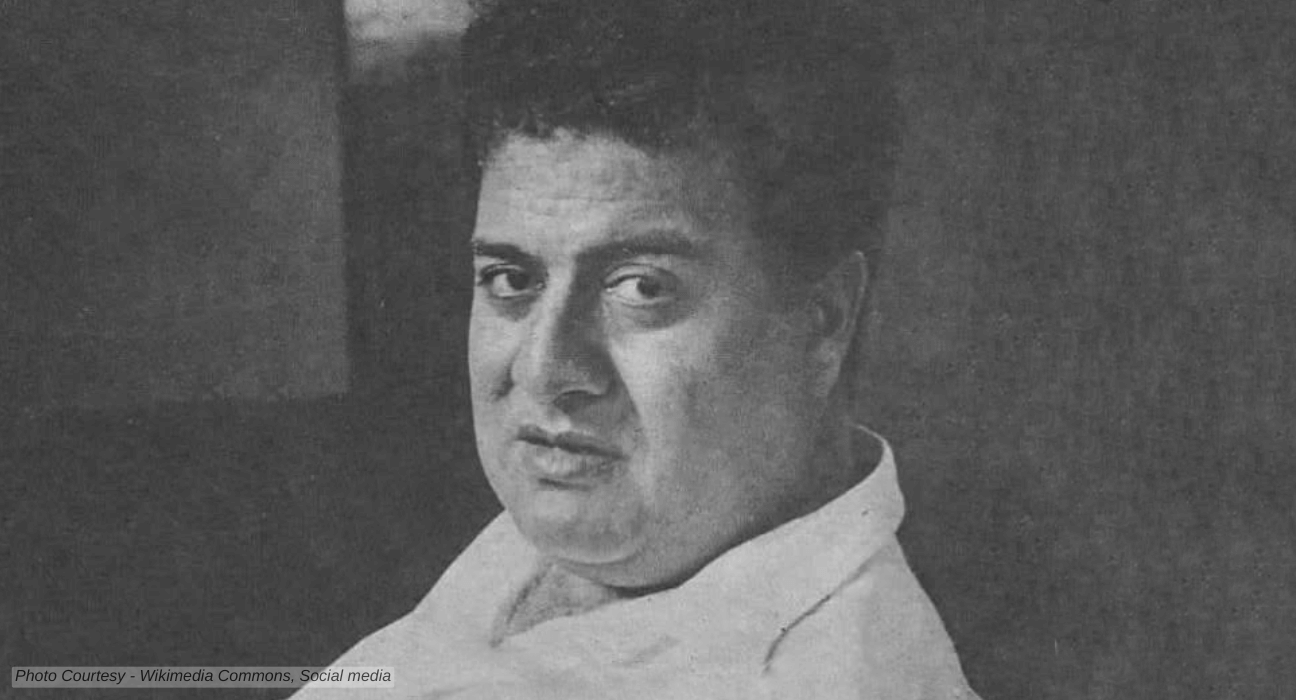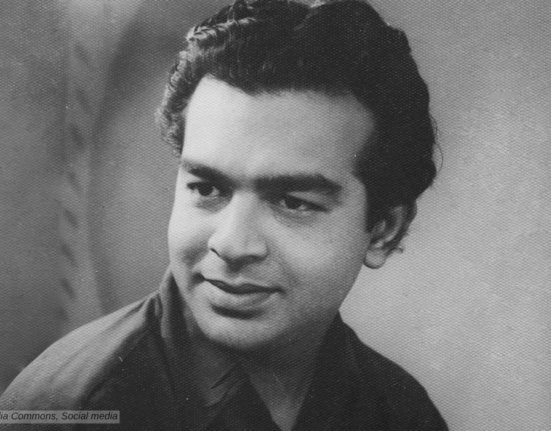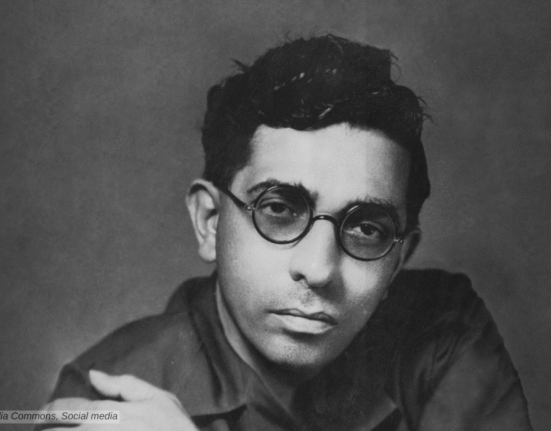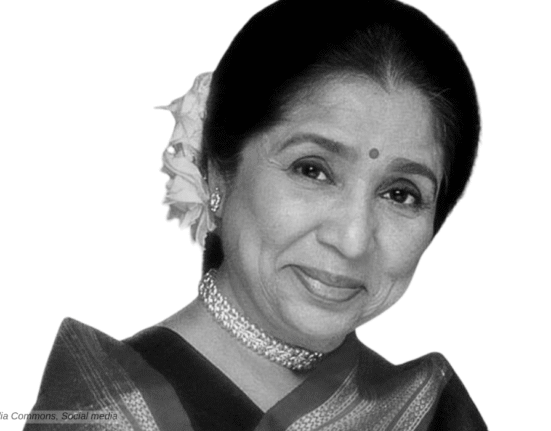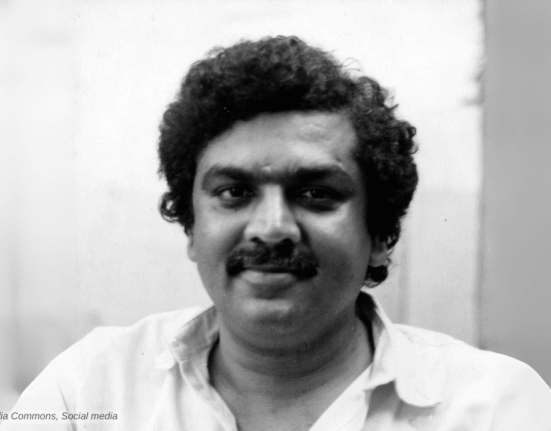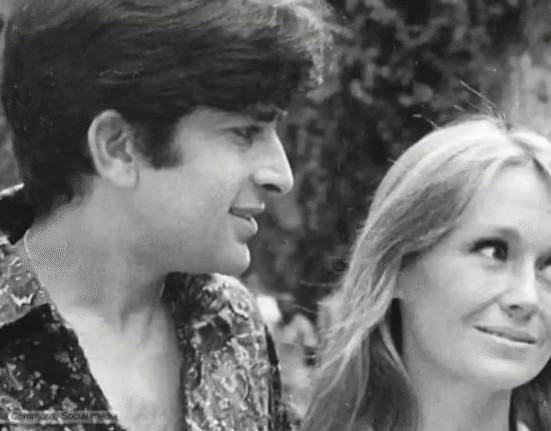HS Rawail was a distinguished figure in the Hindi film industry who, in his career of over four decades, gave us iconic films like “Patanga,” “Shararat,” “Mere Mehboob,” “Sunghursh,” “Mehboob Ki Mehndi,” “Laila Majnu,” and many more.
Early Life and Career
Born Harnam Singh Rawail was born in Lyallpur, Punjab, now in Pakistan, on August 21, 1921. HS Rawail was fascinated with films from a young age, which led to his moving to Bombay when he was only a teenager. In Bombay, he starts working towards his goal of working in films and becoming a film director. It was a rough phase, as young Rawail rarely had work or a place to stay. Roughing it out in the city, he slept on the streets and in the Madhav Baug temple precincts.
After some time, his quest led him to Calcutta, where, after some struggle, he got the chance to work with filmmaker Kidar Sharma. It was the time when renowned actress Ramola came on as a lifesaver. Known for helping struggling artists, Ramola adopted Rawail along with many other young artists and arranged an apartment and other necessities of life.
In the late 1930s, HS Rawail slowly started to get work, first as an assistant and then as a script writer for “Banke Sipahi (1937),” before writing the lyrics for films like “Naa Hone Waali Baat(1938),” “Veer Kesari (1938),” and “Yaad Rahe (1940).” He also acted in a few Punjabi films as well as in R. L. Shorey’s “Pooran Bhagat (1940).”
Breakthrough
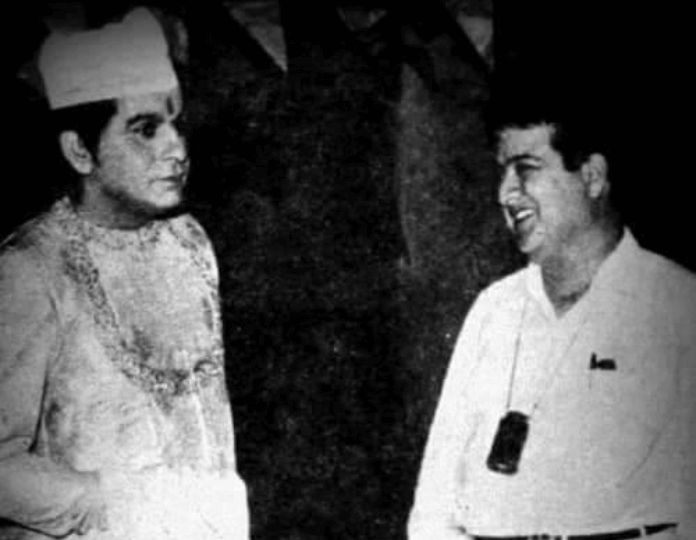
Rawail’s directorial debut came with the 1940 film “Dorangia Daku,” when he was just 19 years old. However, In his early career, he faced a series of commercial failures like “Shukriya (1944),” ‘”Zid (1945),” and “Jhoothi Kasmein (1948).”
It wasn’t until the release of “Patanga” in 1949 that Rawail tasted success. The film starring Nigar Sultana, Shyam, Yakub, and Gope is remembered for its iconic music. It has songs like “Mera Piya Gaye Rangoon,” sung by Shamshad Begum and C. Ramchandra (Chitalkar).
In the next few years, he went on to make films like Do Baatein (1949), Sagai (1951), Jawani Ki Aag (1951), Saqi (1952), Shagufta (1953), Lehren (1953), Mastana (1954), and Teerandaz (1955).
In 1956, he wrote and directed “Pocketmaar,” starring Dev Anand and Geeta Bali. The film had some elements of his own struggles. His next film, “Shararat,” stars Meena Kumari, Kishore Kumar, Raaj Kumar, and Kumkum, became a big success and boosted his credibility. One of the film’s most memorable songs was Kishore Kumar’s “Hum Matwale Naujawan.” In 1961 he directed Roop Ki Rani Choron Ka Raja with Dev Anand and Waheeda Rehman. He also directed Kanch Ki Gudiya (1963) starring Manoj Kumar and Sayeeda Khan.
The Best Work Of HS Rawail
The 1960s marked a turning point in Rawail’s career with the release of “Mere Mehboob (1963).” The romantic drama that not only won critical acclaim but also became a significant commercial success. The film’s story revolves around Anwar Hussain Anwar, a young student played by Rajendra Kumar, who falls in love with a veiled woman, Husna Bano, portrayed by Sadhana. The narrative weaves through the complexities of social standing and the trials of love, culminating in the happy union of the lovers. The film also has Ashok Kumar, Nimmi, Johnny Walker, Ameeta, and Pran in pivotal roles.
The film has icconic songs like “Mere Mehboob Tujhe,” “Tere Pyar Mein Dildar,” “Aye Husn Zara Jaag,” “Mere Mehboob Mein Kya Nahin,” “Tumse Izhar-E-Haal Kar Baithe,” and “Yaad Mein Teri,” composed by the legendary Naushad and written by Shakeel Budayuni. The success of Mere Mehboob made Rawail one of the most famous directors known for his romantic sagas and Muslim socials.

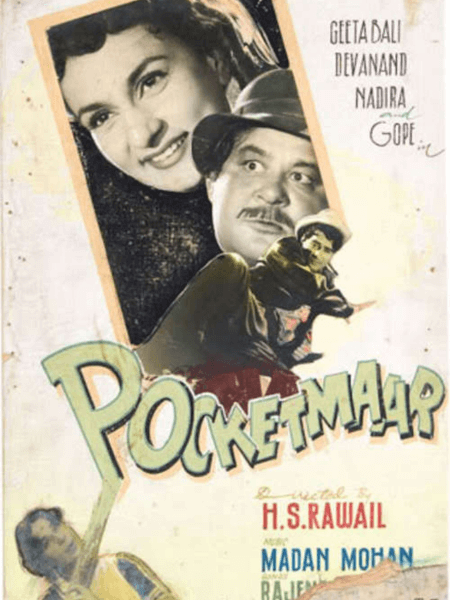
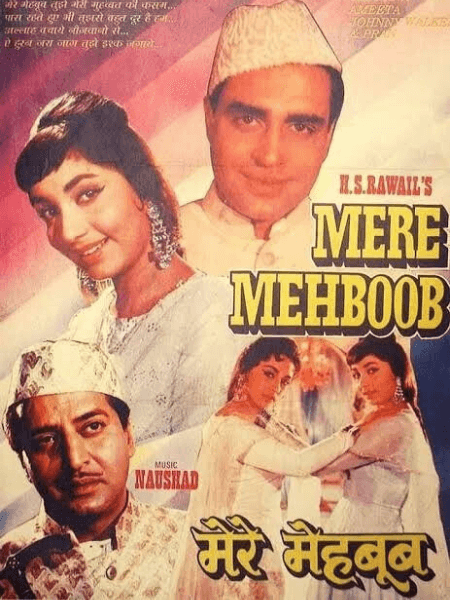
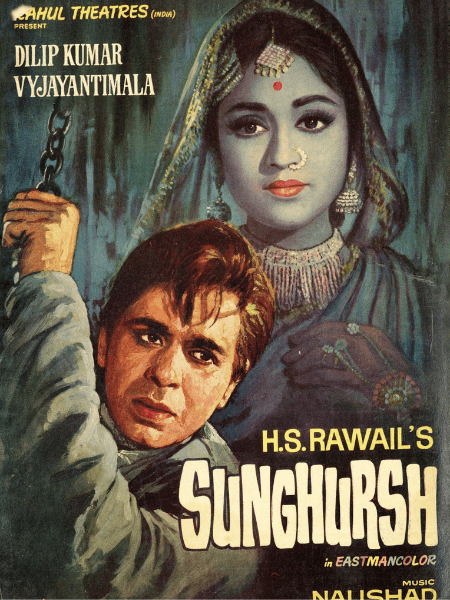
In 1968 film he came up with “Sunghursh,” based on a novel by Mahashweta Devi. It stars Dilip Kumar, Vyjayanthimala, Balraj Sahni, Sanjeev Kumar, and Jayant. The film was set in the 19th century Benaras and tells the story of Thugee Cult. The film gets immense praise for its exceptional performances and exceptional music. Interestingly, Rawail wrote the character of Malika-e-Asmaan for Sadhana. Rawail waited many years for Sadhana but her ilness prevent her from doing the film. She went to US for treatment and asked Rawail to take someone else, as the film was already getting late. Finally Vyjayanthimala get the role.
Later Work
One of his other notable work, was “Mehboob Ki Mehndi (1971),” starring Rajesh Khanna and Leena Chandavarkar. Laxmikant-Pyarelal composed the film’s music which has songs like “Jaane Kiyon Log Muhabbat,” and “Itna To Yad Hai Mujhe.” This film is one of the 17 consecutive hits of Rajesh Khanna. In 1976, Rawail directed “Laila Majnu,” starring Rishi Kapoor and Ranjeeta. The film is widely considered the best adaptation of a legendary love story in Indian cinema.
His last film as a director was the Jeetendra, Rishi Kapoor, Rekha, and Tina Munim starrer “Deedar-E-Yaar.” It was an ambitious project that failed to live up to expectations. The failure of the film ended the calibre of Rawail and also drew curtains to the film genre called Muslim Socials.
Personal Life and Accomplishments
HS Rawail’s influence extended beyond his own directorial efforts. His son, Rahul Rawail, and grandson, Rajat Rawail, have continued his legacy in the film industry. Rahul Rawail, in particular, paid tribute to his father’s work with the film ‘Jeevan Ek Sanghursh’ (1990), which was reminiscent of H.S. Rawail’s “Sunghursh.”
Rawail’s life was a testament to his dedication to the art of filmmaking. His journey from the streets of Mumbai to the director’s chair is an inspiring story of perseverance and creativity. His films continue to be celebrated for their storytelling, musical scores, and the performances they elicited from some of Bollywood’s finest actors.
HS Rawail passed away on September 17, 2004.
HS Rawail on IMDB


